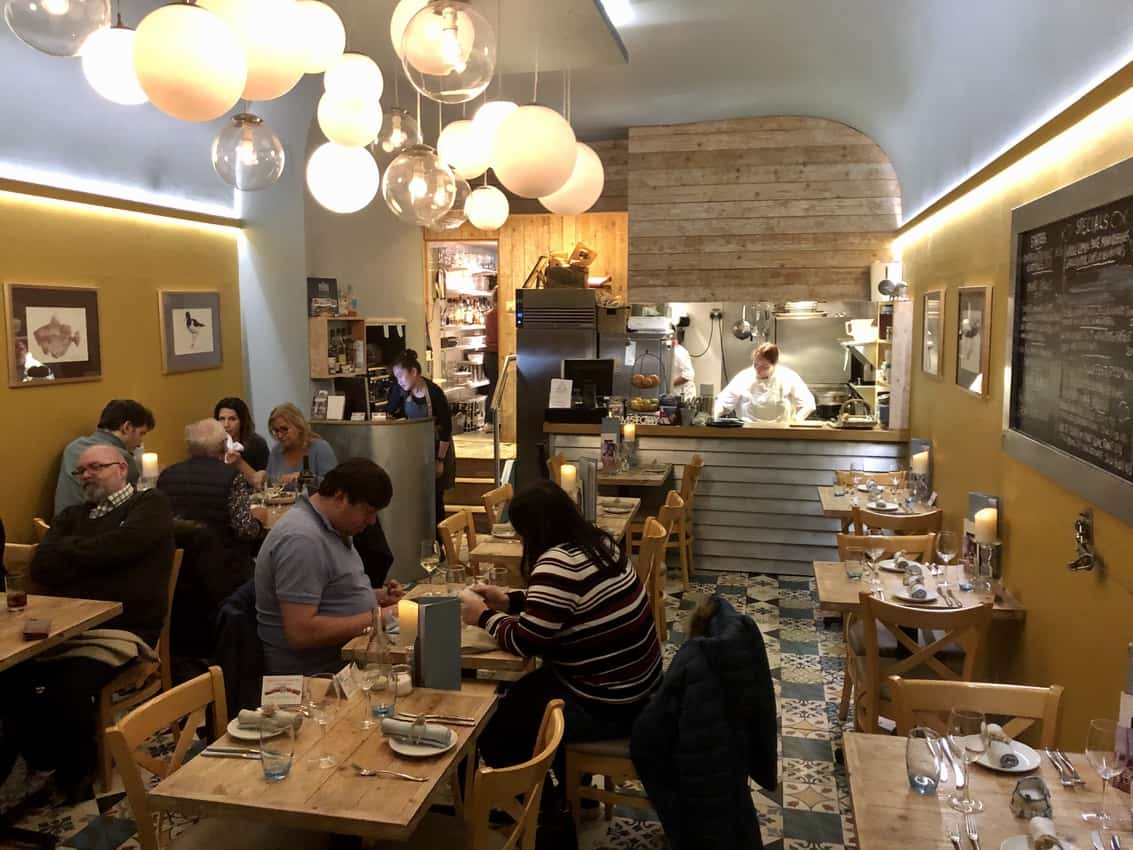Isle of Man: Don’t Be a ‘When I’

I flew a short flight, one hour, to the Isle of Man just off the coast of Liverpool, England. There is much to share and say about this storied island, famous for its three-legged flag. I sat next to a nice bloke from the island who was coming back from the F1 race in Austin Texas.

He brought an 8-foot flag with him to the race and as he waved it, he said everyone wanted to buy him a beer, and have selfies shot with him. Who knew that people know that much about the flag and where it comes from.
I just made it to the station and after running up stairs and down long corridors before I found my seat on the Easy Jet.
David Thornton met me and began talking about some of the Manx characteristics, things that you’ll find in the people who live here.
He came here 30 years ago. “I compared it to part Scotland, part Wales, part Surrey, it’s very compact. It’s 33 miles long by 11 wide,” he explained. This was a great smuggling area, people used to bring in tobacco, alcohol to avoid the British tax for customers in Ireland, Scotland and Wales.

“But you don’t want to be a ‘when I’ he said. ‘When I was in London, or whatever, we say, if they don’t like it, there’s a boat in the morning. They might complain about rates going up. If you don’t like it…there’s the ferry, so take off!”
This was a characteristic he could identify as reminiscent of popular sentiment on the isle.
I learned that there were internment camps on the island during both the first and second world wars. Thousands of German, Italian and Japanese citizens were forced to spend the war here on the island, considered possible combatants since Great Britain was at war with those countries.
Today I’m dressing very warm since we are going to be firing up the electric trains for a special excursion down their 14-mile track.
